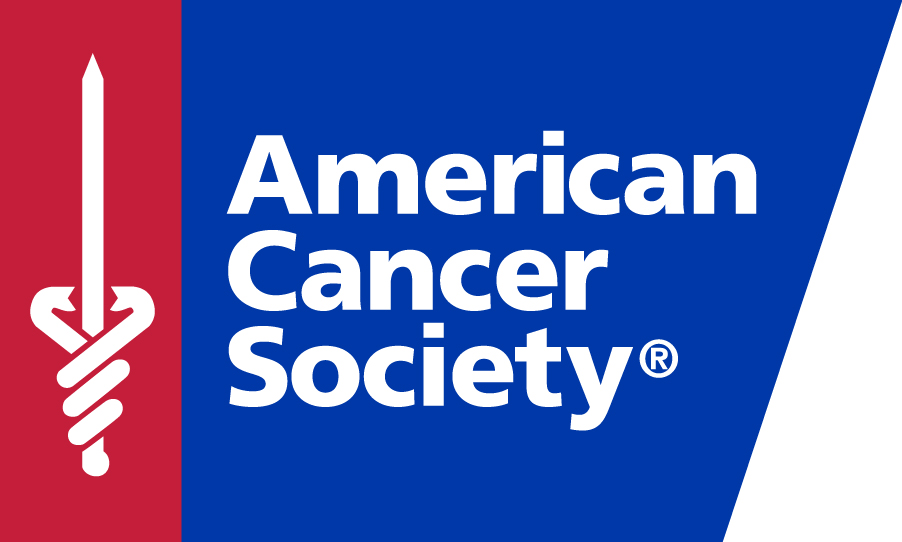Research
Structural biology of genome maintenance
DNA damage arising from exposure to environmental toxins and cellular metabolites thwarts DNA replication and leads to genome instability, cell death, and diseases including cancer. Our laboratory uses the tools of structural biology and biochemistry to investigate molecular mechanisms of proteins involved in repairing DNA damage and maintaining replication fork progression. Electron microscopy and X-ray crystal structures help us to understand how these proteins recognize and manipulate DNA structure to carry out their particular functions. Current work focuses on repair of stalled replication forks by structure-specific DNA translocases, priming of DNA synthesis during eukaryotic replication, and base excision repair of DNA alkylation damage and interstrand DNA crosslinks by DNA glycosylases. The long-term goals are to understand the fundamental processes underlying genome maintenance and to develop new therapeutic strategies that target genetic diseases.
Repair of stalled replication forks
Eukaryotic DNA replication is carried out by large multiprotein machines that coordinate DNA unwinding and synthesis at the replication fork. DNA damage and other impediments can stall progression of the replisome and lead to genome instability. We are interested in the molecular mechanisms of how the replisome maintains DNA synthesis upon encountering DNA damage.
Current work is focused on enzymes that promote repair or bypass of DNA damage at stalled replication forks. The DNA motor proteins SMARCAL1 and HLTF catalyze reversal of stalled forks into four-stranded junctions that promote replication restart through recombination. In collaboration with David Cortez (Vanderbilt) and Karlene Cimprich (Stanford), we characterized the structural basis for recognition of stalled forks by SMARCAL1 and HLTF, and are now working to elucidate how these fork recognition domains collaborate with the ATPase motor to drive fork reversal. We are also interested in understanding the molecular details and cellular consequences of PCNA ubiquitylation by HLTF.
We established how HMCES/YedK proteins form covalent DNA-protein crosslinks (DPCs) to abasic sites in single-stranded DNA located at DNA junctions, such as those found at stalled replication forks, as a means of supressing mutageneic translesion bypass. We are now focused on how HMCES DPCs are resolved in cells and their role in DNA replication.
Synthesis of DNA during replication is intiated by DNA polymerase α–primase, which generates an RNA-DNA primer that is extended by replicative polymerases. We recently determined a series of cryo-EM structures of pol α–primase with primed templates representing various stages of DNA synthesis. The structures reveal a rermarkable range of motion that allows for primer synthesis across its two active sites. The structures also provide a structural basis for the defined length of both RNA and DNA segments of the primer, an important factor for replication fidelity and genome stability.
Funded by NIH grants R35GM136401, P01CA092584, and R01ES030575 (Cortez)
Repair of DNA alkylation damage
The bases of DNA are susceptible to alkylation from cellular metabolites, environmental and dietary toxins, and chemotherapeutic agents. DNA glycosylases protect cells by excising alkylated bases from DNA, initiating the base excision repair pathway. We are investigating the structural basis for how several unique DNA glycosylases excise highly functionalized DNA lesions to act as self-resistance mecahnisms to antibiotic producing bacteria, or as a means of repairing interstrand DNA crosslinks (ICLs).
We discovered through a series of time-resolved crystal structures that the bacterial AlkD glycosylase does not operate by a base flipping mechanism common to all other glycosylases, which enables excision of bulky DNA adducts of the duocarmycin/yatakemycin family of antibiotics. Our work on the related AlkC enzyme provided a molecular basis for how a non-base-flipping glycosylase selects for discrete methylated bases, and described a potential alternative mechanism for removal of 1mA and 3mC in bacteria.
We are also studying the mechanisms by which DNA glycosylases — normally associated with BER of small lesions — unhook ICLs that tether opposing DNA stands and thereby inhibit replication. We have begun to characterize how NEIL3 excises ICLs dervied from abasic sites. We have also characterized the structure and function of a novel bacterial glycosylase, which we have named AlkZ, that unhooks ICLs derived from the secondary metabolite azinomycin B and from the ICL agent mechlorethamine. Most recently, we establizhed how a the related E. coli enzyme, YcaQ, serves as an alternative ICL repair mechainsm to nucleotide excision repair in bacteria.
Funded by NSF (MCB-2341288, MCB-1928918)



